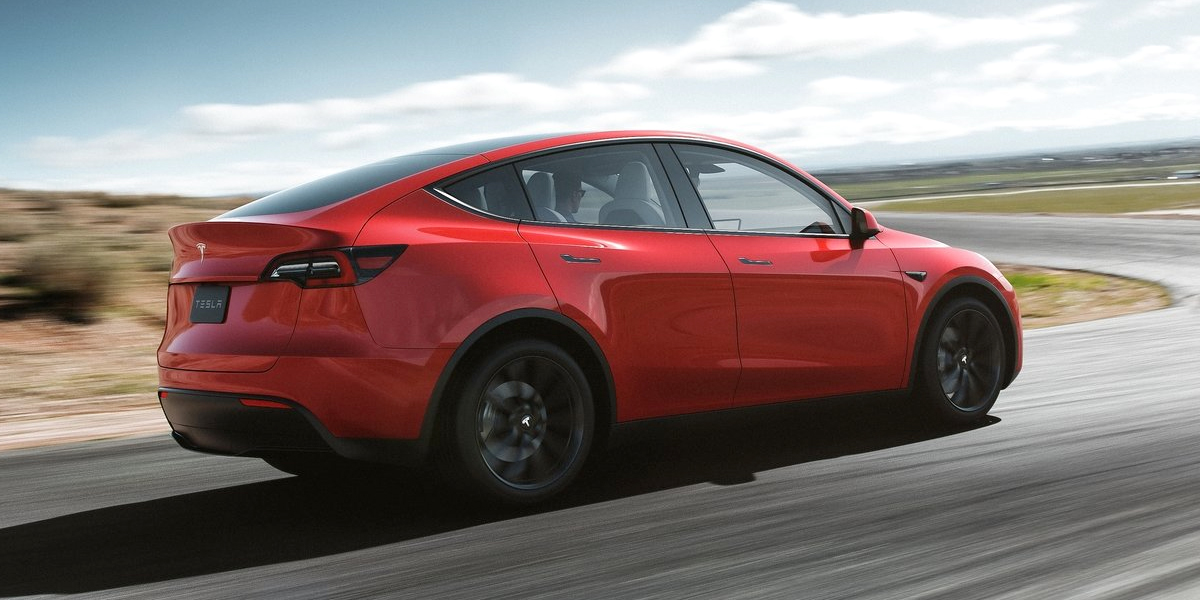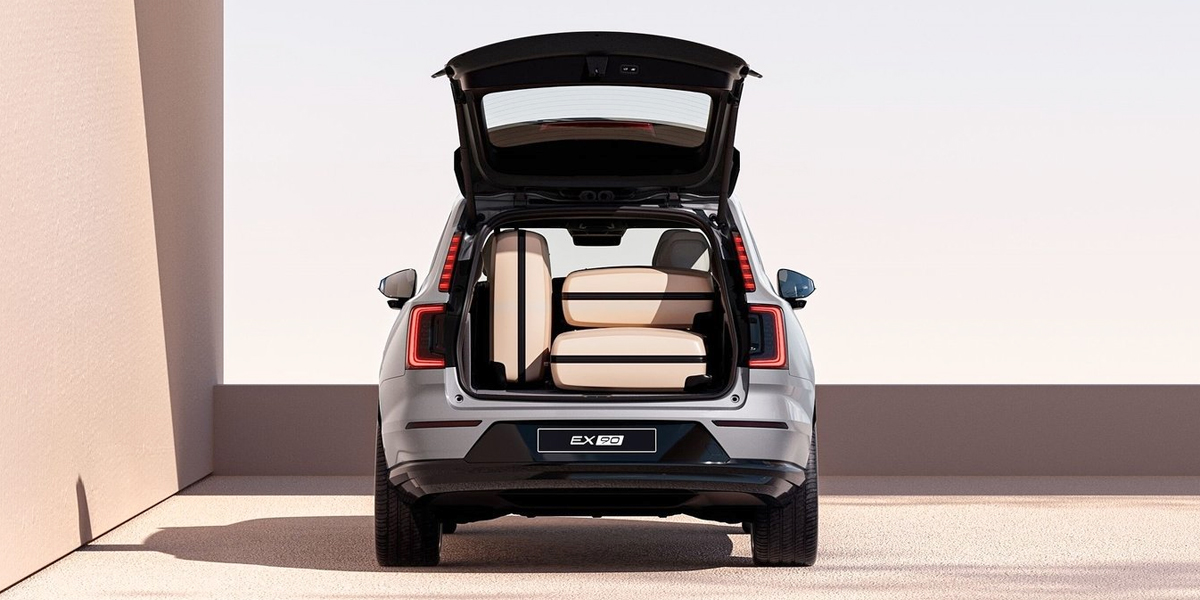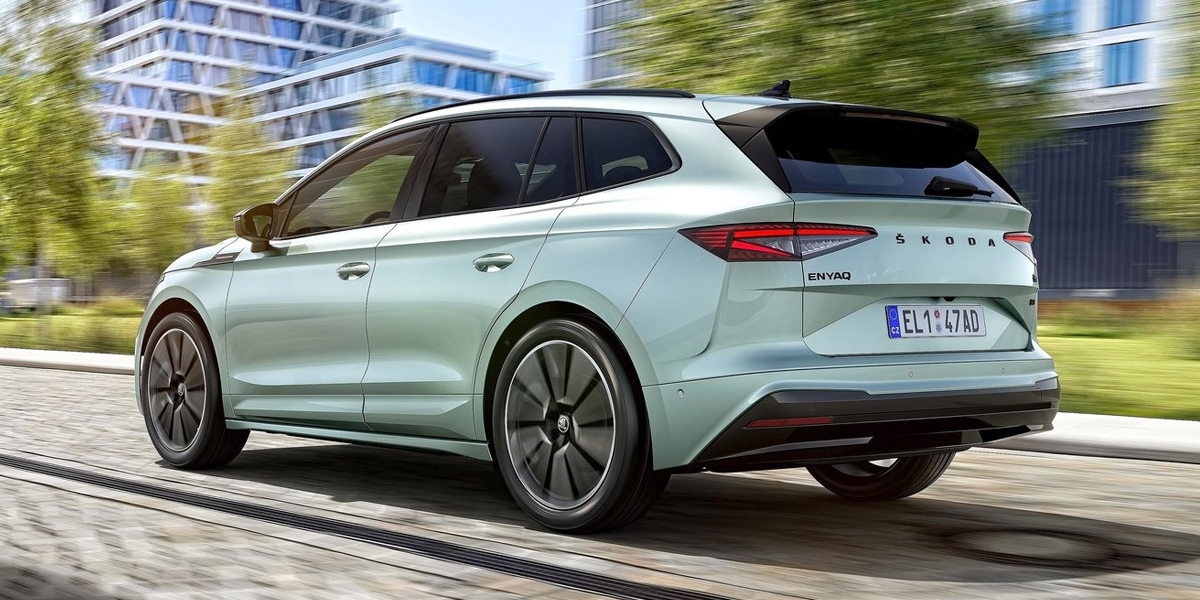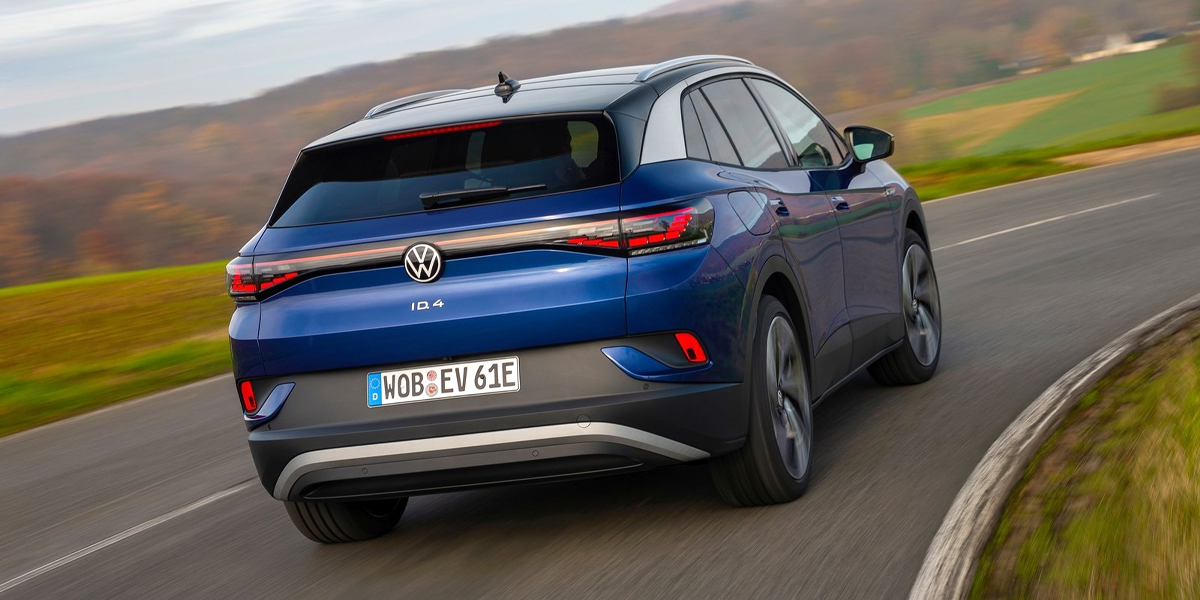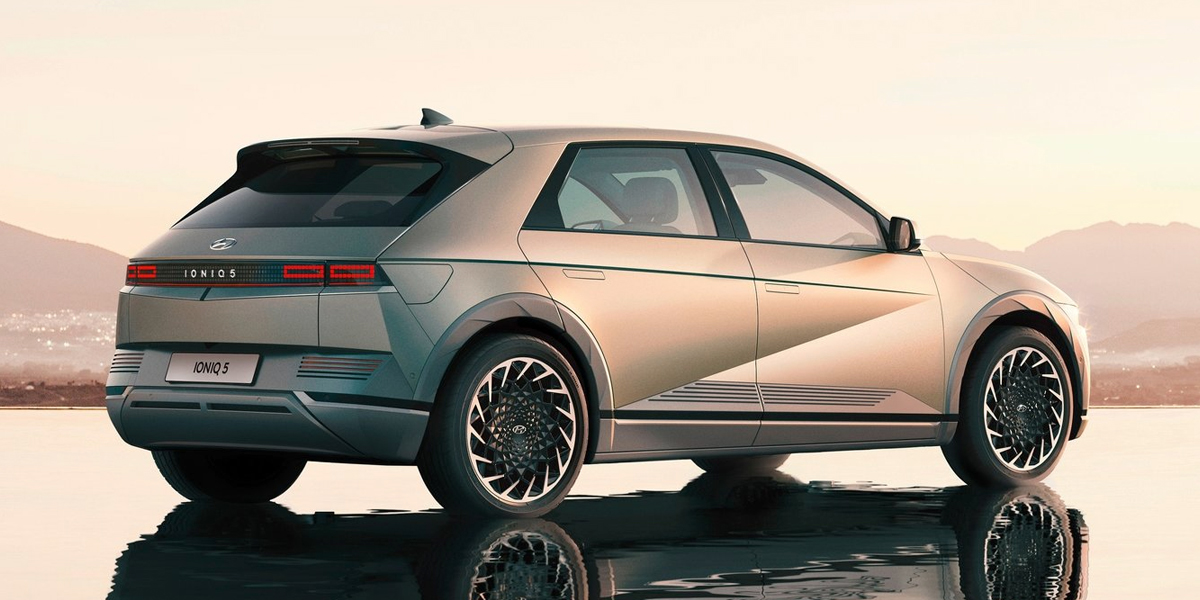EVs are packaged differently from ICE cars with no engines or gearboxes getting in the way. The battery is often built into the floor allowing for extra space up front and in the back. As a result, electric cars are becoming an excellent option for those who need a lot of space for their luggage.
In this article, we’ve rounded up the most practical passenger EVs on the market. Anything minivan size or larger is excluded because their practicality goes without saying (although the award-winning Volkswagen ID.Buzz is worth checking out!).
We’ve also listed some more cost-effective options that are worth being aware of, at the end of this article.
Tesla Model X, Model Y, Model S
The top three EVs with the biggest boots all belong to Tesla.
The Model X has a huge 1,050-litre boot plus a 183-litre ‘frunk’. That’s an impressive 1,233 litres of storage space all whilst comfortably seating 5 people. If you decide to fold down the rear seats you can increase this space to 2,410 litres!
In second place is the Model Y which combines an 854-litre boot with a 117-litre frunk to provide 971 litres of storage space. With the rear seats down you can get over 2,000 litres of room.
The third-placed Model S stands out in this list as a non-SUV EV. A 709-litre boot and 89-litre frunk combination give 798 litres that can increase to 1,739 litres with the rear seats folded.
Volvo EX90
The first non-Tesla on the list is the EX90 that’s due to be released later in 2023. The fully electric alternative to the XC90 is five metres long with a 665-litre boot space when the third row of seats is down.
Even with all seven seats up in position, the 310-litre area is enough to rival most superminis on the market.
Audi Q8 e-tron
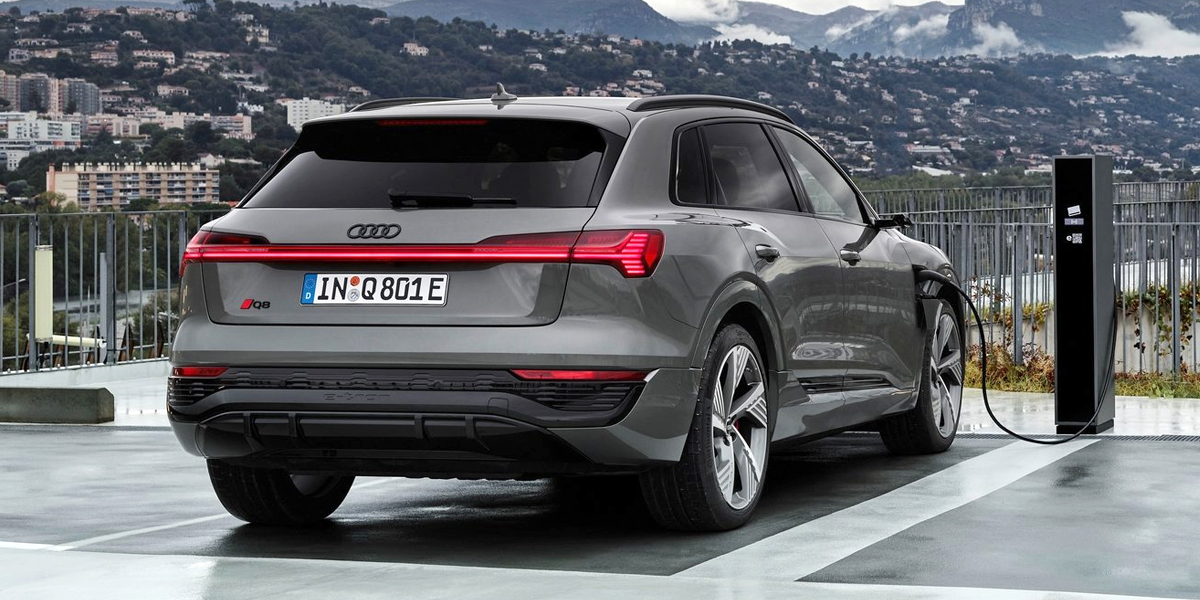
The Audi e-tron replacement has upgrades in a variety of areas including storage. 660 litres in the boot, which extends to 1,725 litres with the rear bench folded, is more than enough for carrying around your luggage.
Mercedes-Benz EQS SUV
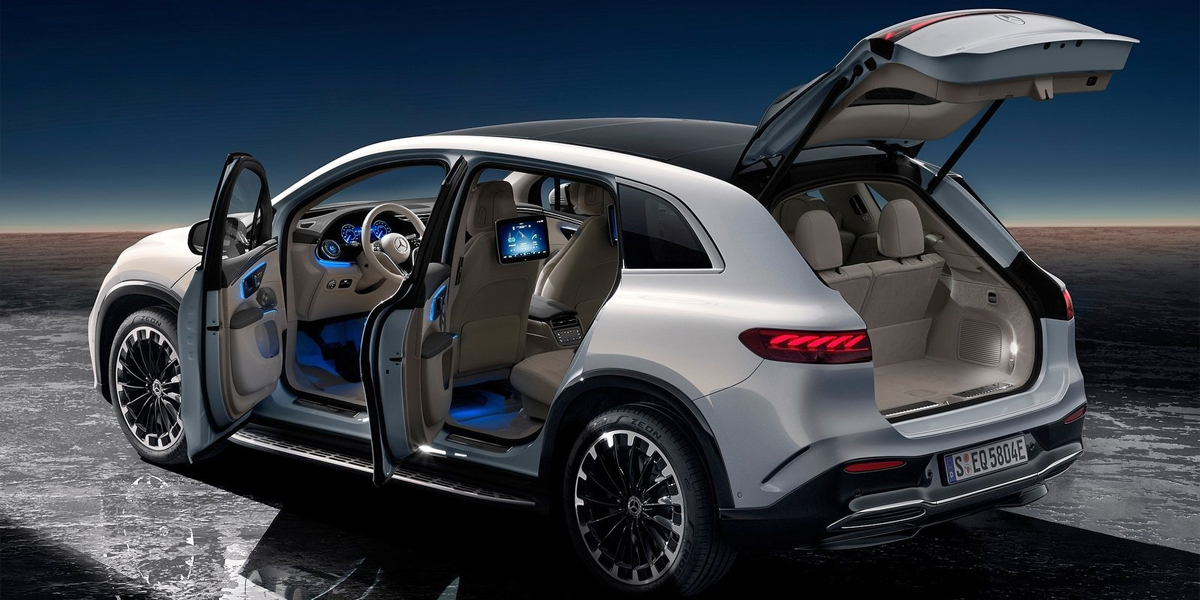
The seven-seater EQS is extremely practical. When the third row is folded down there are 645 litres of boot space. However, the EQS’ second row cleverly slides forward to add another 235 litres.
With all seven seats up, there’s a small but useful 195-litres of luggage room.
Mercedes-Benz EQS
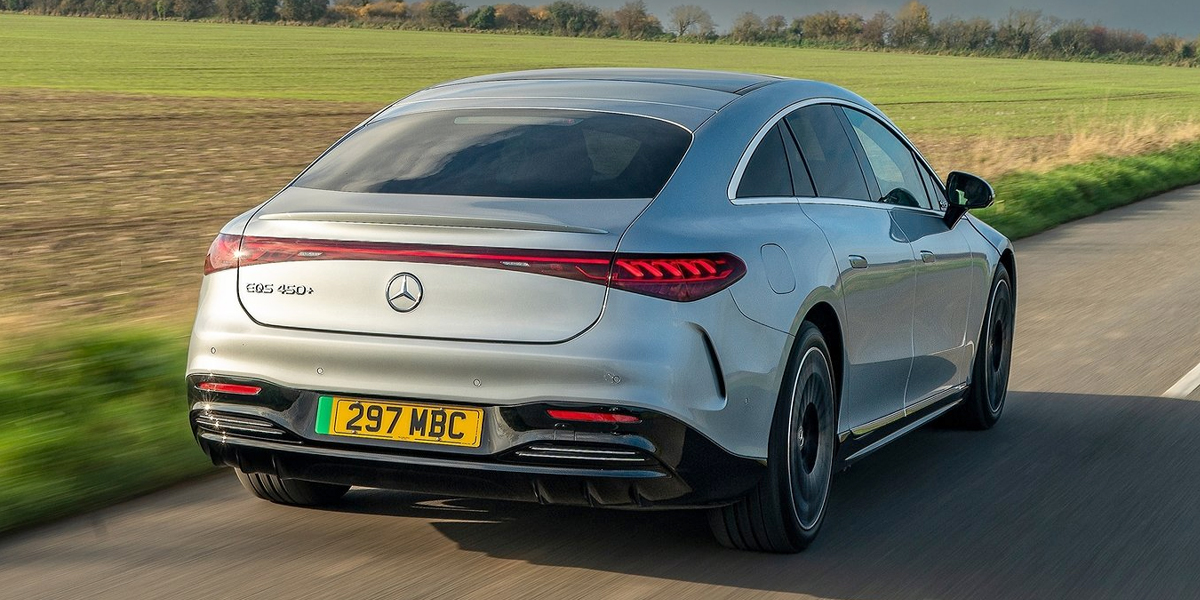
The non-SUV EQS is the fully electric Mercedes-Benz S-Class alternative. This long saloon has a vast boot that contains 610 litres of space, enough to rival established SUVs.
Skoda Enyaq iV
The fully electric Enyaq iV is the most practical MEB platform SUV in the Volkswagen Group. Its boxy rear end allows it to contain 585 litres of space.
Volkswagen ID.4
Next up is the Volkswagen ID.4 with its 543-litre boot and low boot lip that makes loading and unloading items easy. Putting down the rear seats gives drivers up to 1,575 litres of space.
Hyundai IONIQ 5
The IONIQ 5 is deceptively large at 4.6 metres in length. Its boot can contain 527 litres with the rear seats up and 1,587 litres with them down.
Honourable mentions
Looking for something a bit cheaper? Fully electric estate cars are few and far between in the current market.
The MG5 is the current stand out with its boot that can hold 479 litres. Fold the seats down and you’ll have access to 1,367 litres of space.
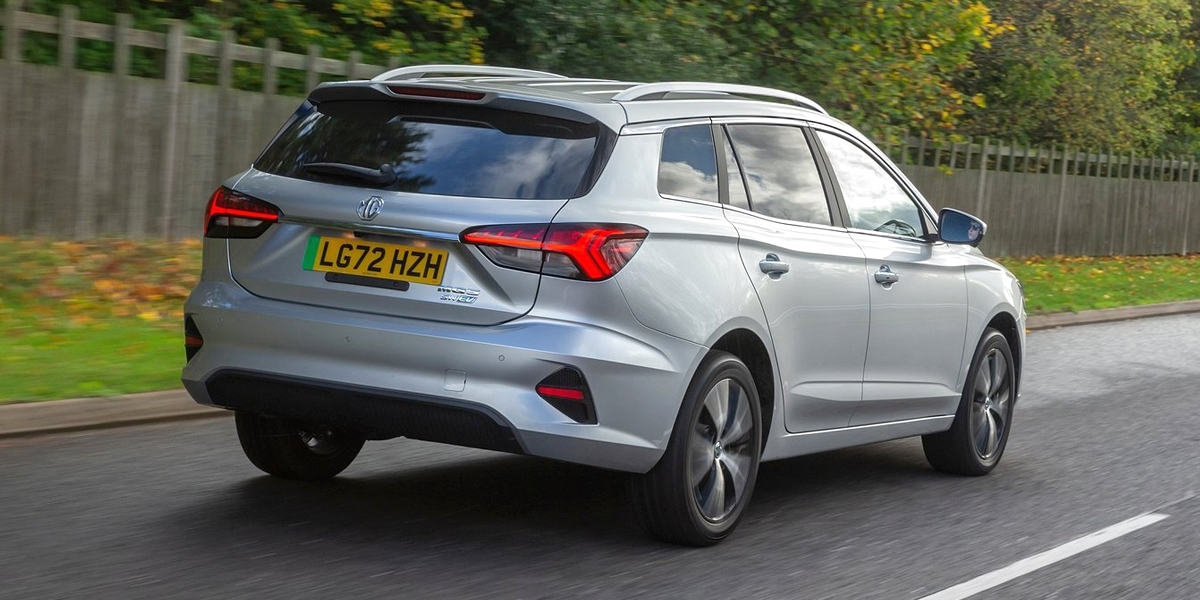
A fully electric Vauxhall Astra and Peugeot 308 are two more fully electric estates that will be arriving later in 2023. The only other electric car in this body style at the moment is the pricy Porsche Taycan Cross/Sport Turismo which has a 405-litre boot.

